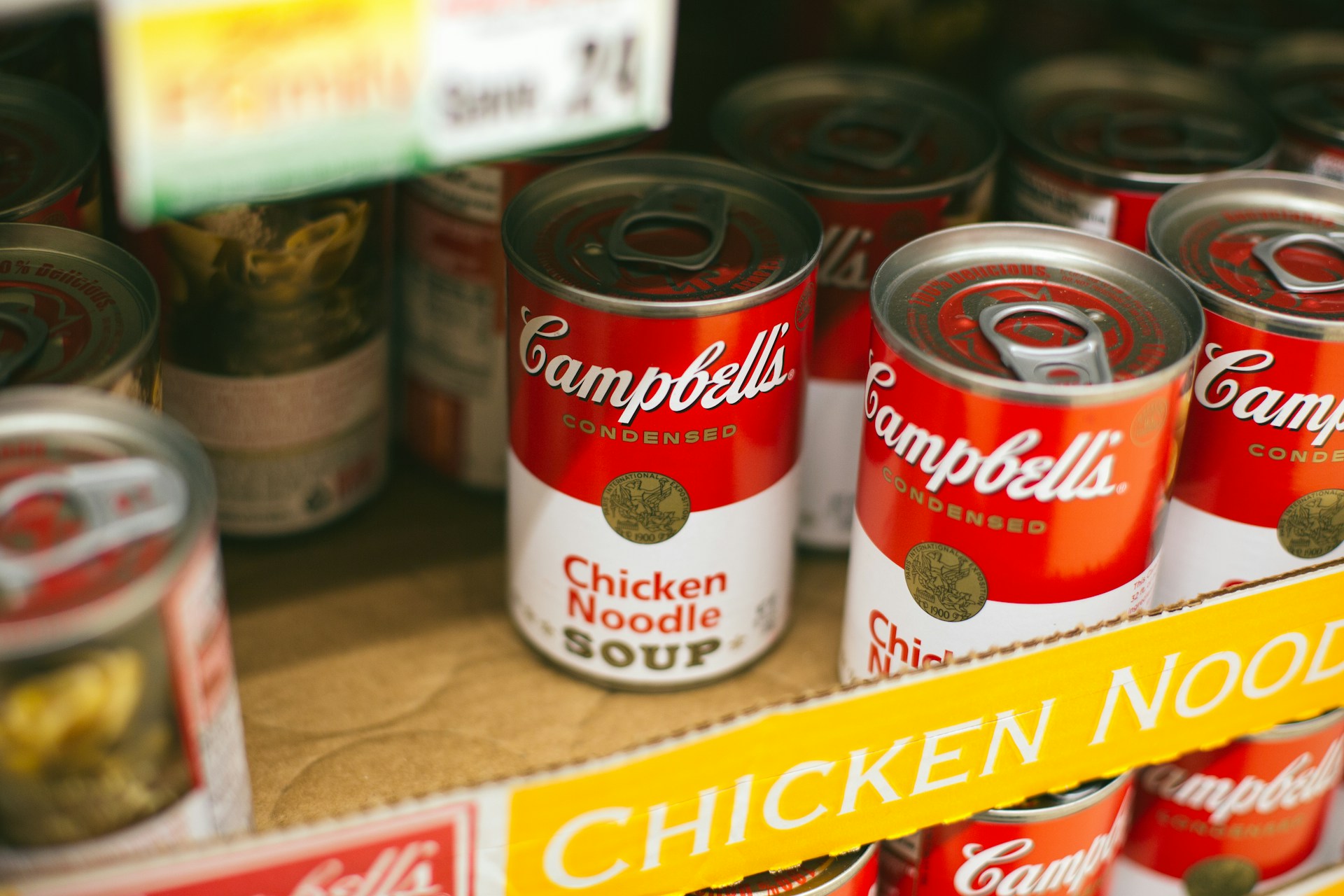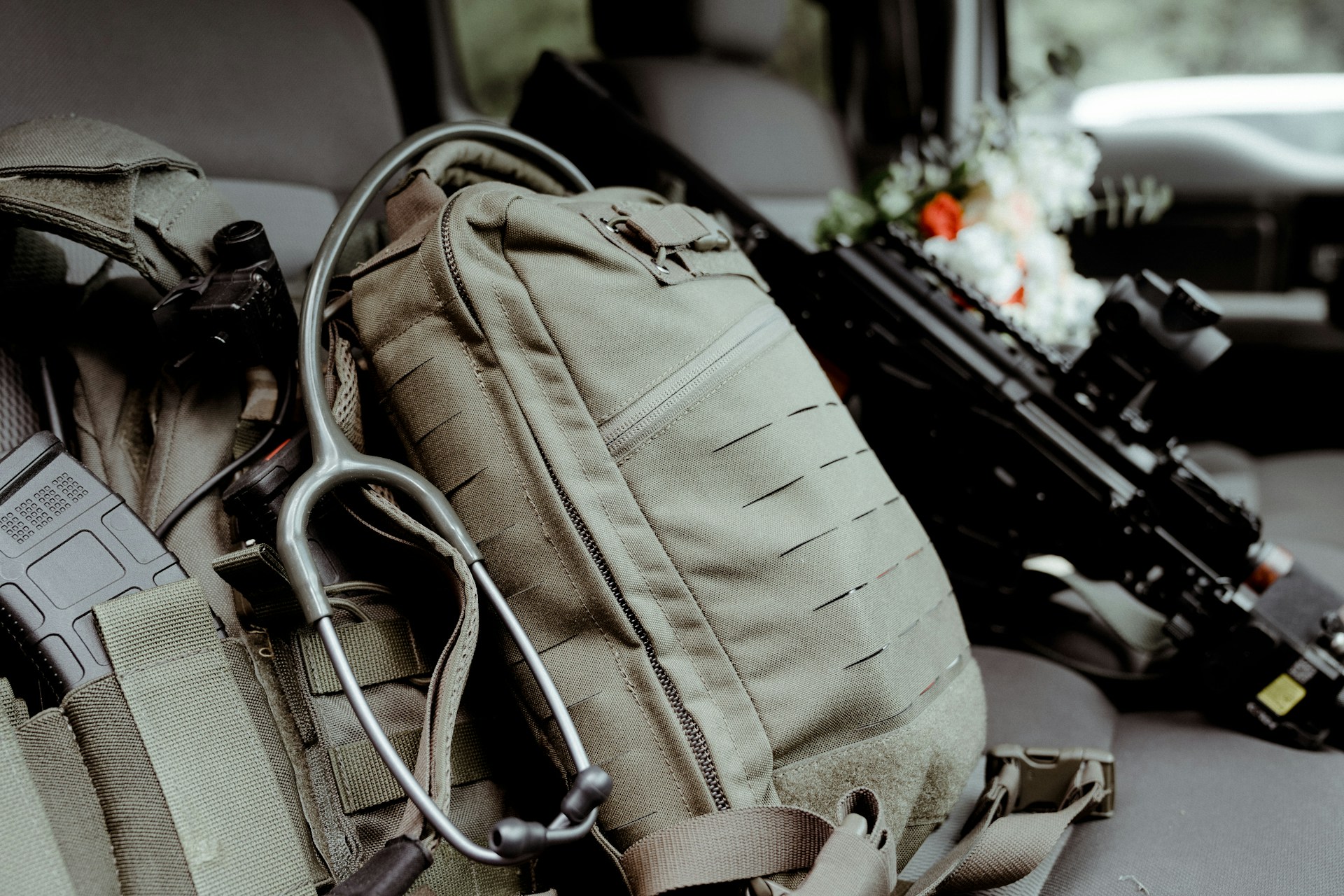Off The Grid
Comparing Inflatable and Hardshell Kayaks: An In-Depth Review

When it comes to exploring the great outdoors, nothing quite compares to the freedom of paddling your own kayak. Whether you’re navigating a serene lake at dawn or challenging the rapids of a roaring river, kayaking offers an unparalleled experience. But before you can embark on your aquatic adventure, you’ll need to choose the right vessel. Today, we’ll be comparing two popular options: inflatable and hardshell kayaks.
Inflatable Kayaks
Inflatable kayaks have come a long way from the pool toys of yesteryear. Modern designs are sturdy, durable, and crafted with high-quality materials that can withstand the rigors of outdoor exploration. One of their most significant advantages is their portability. They can be deflated, folded, and packed into a backpack, allowing you to take your kayak on hikes to secluded waterways.
Inflatable kayaks are also generally lighter than their hardshell counterparts, making them easier to carry and maneuver, both in and out of the water. They’re also more forgiving when it comes to bumps and knocks. If you’re paddling in shallow water and hit a rock, an inflatable kayak will bounce back, while a hardshell might get scratched or damaged.
However, inflatable kayaks do have their drawbacks. They require more time to set up and take down, as they need to be inflated and deflated each time. They also tend to be slower and less efficient in the water due to their wider shape. Additionally, while they are durable, they are still more prone to punctures than hardshell kayaks.
Hardshell
On the other hand, hardshell kayaks are the traditional choice for many outdoor enthusiasts. They’re typically built from robust materials like plastic, fiberglass, or even carbon fiber, making them extremely durable and long-lasting.
Hardshell kayaks offer superior performance in the water. They’re sleeker and more hydrodynamic, allowing for faster speeds and better maneuverability. They’re also more stable, which can be a significant advantage in rough waters or when tackling challenging routes.
Storage is another area where hardshell kayaks shine. They often come with built-in storage compartments for your gear, something that’s usually lacking in inflatable models.
However, hardshell kayaks are not without their downsides. They’re heavier and more cumbersome to transport. You’ll likely need a roof rack for your vehicle or a trailer, and carrying them to the water’s edge can be a two-person job. They’re also more susceptible to damage from knocks and scrapes, and repairing them can be costly.
So, which is the right choice for you? It ultimately depends on your specific needs and circumstances. If portability and convenience are your top priorities, or if you’re a beginner looking for a forgiving and easy-to-handle option, an inflatable kayak could be the perfect fit.
On the other hand, if performance and speed are what you’re after, or if you plan on tackling challenging waters and long-distance paddles, a hardshell kayak might be the better choice.
Remember, the best kayak for you is the one that suits your style of adventure and meets your needs. Whether that’s an inflatable or a hardshell, the most important thing is that it gets you out there, exploring the great outdoors and embracing the thrill of the wild. Whatever you choose, here’s to smooth paddling and grand adventures on the water.

Off The Grid
5 Reasons to Store Canned Food for Survival

Canned food has been a survival staple for generations, and for good reason. When emergencies disrupt normal life, access to fresh food can disappear quickly. Power outages, storms, supply chain problems, and evacuations often leave people relying on what they already have at home. Storing canned food is one of the simplest and most reliable ways to prepare for the unexpected.
Here are five clear reasons canned food deserves a permanent place in any survival plan.
1. Long Shelf Life You Can Count On
One of the biggest advantages of canned food is how long it lasts. Most canned goods stay safe and edible for years when stored in a cool, dry place. This makes them ideal for emergencies that last longer than expected. Unlike fresh or frozen foods, canned items do not spoil quickly and do not require constant attention.
2. No Refrigeration or Electricity Needed
When the power goes out, refrigerators and freezers become useless. Canned food eliminates that risk entirely. You can store it safely at room temperature and eat it without worrying about spoilage. This makes canned food especially valuable during blackouts, winter storms, and heat waves.
3. Ready to Eat With Little or No Preparation
Many canned foods can be eaten straight from the can. Beans, vegetables, soups, meats, and fruits require no cooking, which is critical when fuel is limited or unsafe to use. Even if you cannot heat food, canned items still provide calories, hydration, and nutrients when your body needs them most.
4. Balanced Nutrition During Stressful Times
Survival is not just about calories. Your body needs protein, carbohydrates, fats, vitamins, and minerals to stay strong and alert. Canned foods make it easy to store a balanced mix of nutrition. Beans provide protein and fiber. Canned meats supply protein and fats. Vegetables and fruits offer vitamins that help prevent fatigue and illness during prolonged emergencies.
5. Affordable and Easy to Rotate
Canned food is one of the most budget-friendly survival options available. You can build a stockpile slowly by adding a few extra cans during regular grocery trips. Because canned foods are part of everyday meals, rotating them is simple. Use the oldest cans first and replace them with new ones. This keeps your supply fresh without waste.
Final Thoughts
Storing canned food is not about fear or extreme prepping. It is about common sense. These foods last a long time, require no power, are easy to prepare, and provide dependable nutrition when normal systems fail. A small, well-chosen supply of canned food can carry you through storms, outages, and unexpected disruptions with far less stress.
Off The Grid
10 Things to Pack in a Get-Home Survival Bag

A get-home bag is one of the most overlooked but most valuable pieces of emergency gear you can own. It is not designed to help you survive for days in the wilderness. Instead, its purpose is simple. It helps you get home safely during an unexpected crisis. Whether you are stuck at work during a blackout, stranded on the road in a storm, or forced to walk when transportation shuts down, a well-packed get-home bag can make the difference between stress and confidence.
Here are ten essential items to include so you can get home quickly and safely no matter what happens.
1. Water Bottle or Hydration Pouch
Staying hydrated is essential when you may need to walk long distances. A durable water bottle or collapsible hydration pouch works well because you can fill it anywhere before starting your journey. Dehydration slows reaction time and drains energy, so water should always be at the top of your list.
2. Energy Bars or Quick Snacks
You need steady energy to stay focused. High-calorie snacks like protein bars, trail mix, or peanut butter packets keep your body fueled without taking up space. They require no cooking and last a long time in any weather.
3. Compact Flashlight
A small LED flashlight helps you navigate safely if darkness hits. Power outages, tunnels, garages, and unlit streets can become dangerous without proper light. Pack a lightweight flashlight and keep it accessible.
4. Spare Batteries
A flashlight or portable radio is useless without backup power. Include a small set of extra batteries to keep your gear running for hours. Store them in a plastic bag so moisture cannot reach them.
5. Multi-Tool
A compact multi-tool gives you pliers, a blade, screwdrivers, scissors, and other essentials in a single device. It is one of the most versatile items you can carry and handles small repairs, cutting tasks, and emergency adjustments with ease.
6. Emergency Mylar Blanket
A mylar blanket helps you retain body heat when temperatures drop. It weighs almost nothing and folds into the size of a wallet. Whether you are dealing with cold weather or unexpected snow, this simple item prevents heat loss and keeps you more comfortable.
7. Small First-Aid Kit
Minor injuries can become major setbacks during an emergency walk home. A basic kit with bandages, antiseptic wipes, gauze, adhesive tape, and pain relievers can prevent infections or make a long walk safer and less painful.
8. Map of Your Area
Do not rely only on your phone. Battery failure, poor signal, or damaged devices can leave you without navigation. A simple paper map of your local routes allows you to find alternate paths home if roads or bridges are blocked.
9. Lightweight Rain Poncho
Weather can change without warning. A poncho keeps you dry and warm, prevents hypothermia, and protects your gear. Wet clothing quickly drains your energy and slows your movement, so staying dry is a priority.
10. Cash
Digital payments fail during power outages or network problems. Small bills can help you buy water, food, or transportation when cards do not work. Even a modest amount of cash gives you options that many people forget about in emergencies.
Final Thoughts
A get-home bag is not a luxury. It is a simple, practical tool that protects you when the unexpected happens. These ten items fit easily into a small backpack and can get you home safely through power failures, storms, traffic shutdowns, or regional emergencies. The goal is not to carry everything. The goal is to carry only what matters most. Once you assemble your bag, keep it in your car or workplace so you are ready at a moment’s notice.
Off The Grid
10 Foods That Could Save Your Life When Crisis Hits

When a real emergency strikes, the first thing most people lose is access to fresh food. Storms shut down roads, power outages spoil everything in the refrigerator, and grocery shelves empty faster than anyone expects. Having the right foods stored can turn a dangerous situation into something you can manage calmly. The key is choosing items that last a long time, do not require refrigeration, and can give your body the energy it needs when conditions get tough.
Here are ten simple, affordable foods that could literally keep you alive when everything else disappears.
1. Canned Beans
Canned beans are one of the most complete emergency foods on the planet. They are packed with protein, fiber, and slow-burning carbohydrates. They can be eaten cold right out of the can if there is no power. Black beans, kidney beans, chickpeas, and pinto beans all work the same way.
2. Rice
Rice is a survival classic because it lasts for years, stores easily, and gives steady energy. White rice stores longer than brown rice, but both are excellent. Combined with beans, rice becomes a complete meal that keeps you full and focused during tough situations.
3. Peanut Butter
Peanut butter is calorie-dense, shelf-stable, and requires zero preparation. A single spoonful provides fat, protein, and fast energy. It can stay good for months after opening if stored in a cool place. In any emergency, peanut butter becomes a go-to survival powerhouse.
4. Canned Meat
Tuna, chicken, salmon, and Spam all offer long-lasting protein that does not require cooking. Canned meat keeps hunger away and helps your body stay strong when facing stress. Always keep a few cans in your emergency kit or pantry.
5. Oats
Oats are cheap, filling, and versatile. You can eat them hot if you can boil water or cold by soaking them for a few minutes. They give long-lasting energy and help keep your stomach comfortable during stressful times.
6. Shelf-Stable Milk
Powdered milk or boxed shelf-stable milk are lifesavers when refrigeration is gone. They provide calcium, protein, and comfort. Powdered milk lasts the longest and takes up the least space, making it an ideal survival-food staple.
7. Pasta
Pasta stores extremely well and is easy to prepare. Even if you cannot fully boil it, soaking pasta in hot water will make it soft enough to eat. It is a reliable way to stretch meals and keep energy levels steady.
8. Honey
Honey lasts forever. It never spoils and can still be eaten decades later. It boosts energy, soothes sore throats, and adds flavor to otherwise bland survival meals. A small jar goes a long way and can lift morale when days feel long and stressful.
9. Canned Vegetables
Fresh produce is the first thing to disappear during a crisis. Canned vegetables fill that gap with vitamins and hydration. Corn, peas, mixed vegetables, and green beans all store well and give your body the nutrients it normally gets from fresh groceries.
10. Water
No food matters without water. Store at least one gallon per person per day. Bottled water, water jugs, and water purification tablets all belong in your emergency kit. If you have space, keep extra. When the tap stops working or becomes unsafe, clean water becomes the most valuable survival item you own.
Final Thoughts
These ten foods are not fancy and they are not expensive, but they can keep you alive when normal life breaks down. Building a simple survival pantry does not require fear or extreme prepping. All it takes is a few smart choices, a little extra storage space, and the peace of mind that comes with knowing you can take care of yourself no matter what happens outside.
-

 Tactical2 years ago
Tactical2 years ago70-Year-Old Fends Off Intruder with Lead-Powered Message
-

 Tactical2 years ago
Tactical2 years agoVape Shop Employee Confronts Armed Crooks, Sends Them Running
-

 Off The Grid2 months ago
Off The Grid2 months ago10 Foods That Could Save Your Life When Grocery Shelves Are Empty
-

 Preparedness1 year ago
Preparedness1 year agoEx-Ballerina’s Guilty Verdict Sends Tremors Through Gun-Owner Community
-

 Preparedness2 months ago
Preparedness2 months ago5 Things You Should Always Carry During a Winter Storm
-

 Preparedness1 year ago
Preparedness1 year agoGood Samaritan Saves Trooper in Harrowing Interstate Confrontation
-

 Nature and Wildlife2 months ago
Nature and Wildlife2 months ago10 Survival Skills You Should Learn Before You Need Them
-

 Preparedness6 months ago
Preparedness6 months agoHow Much Gasoline Should You Store for Emergencies?